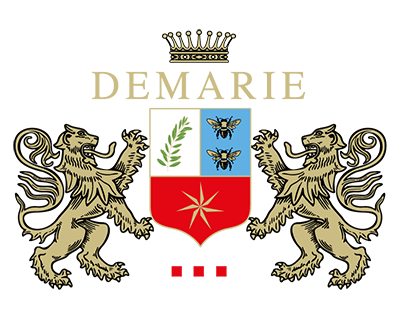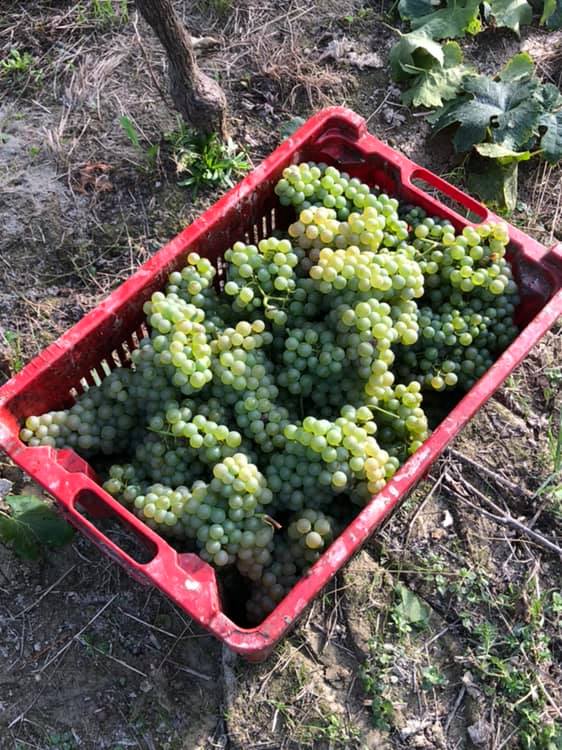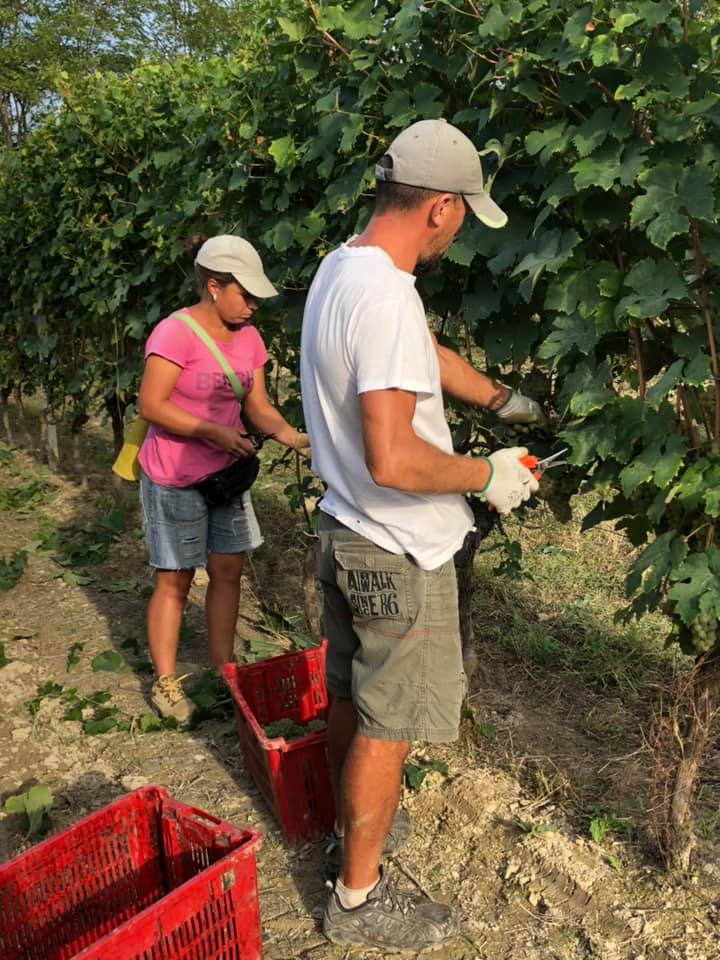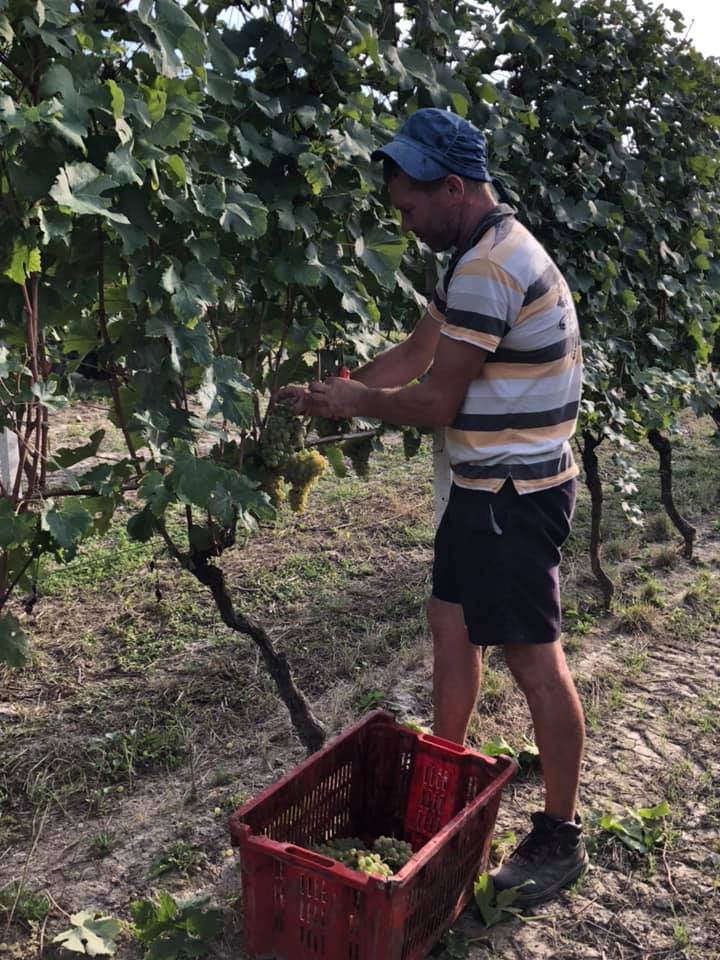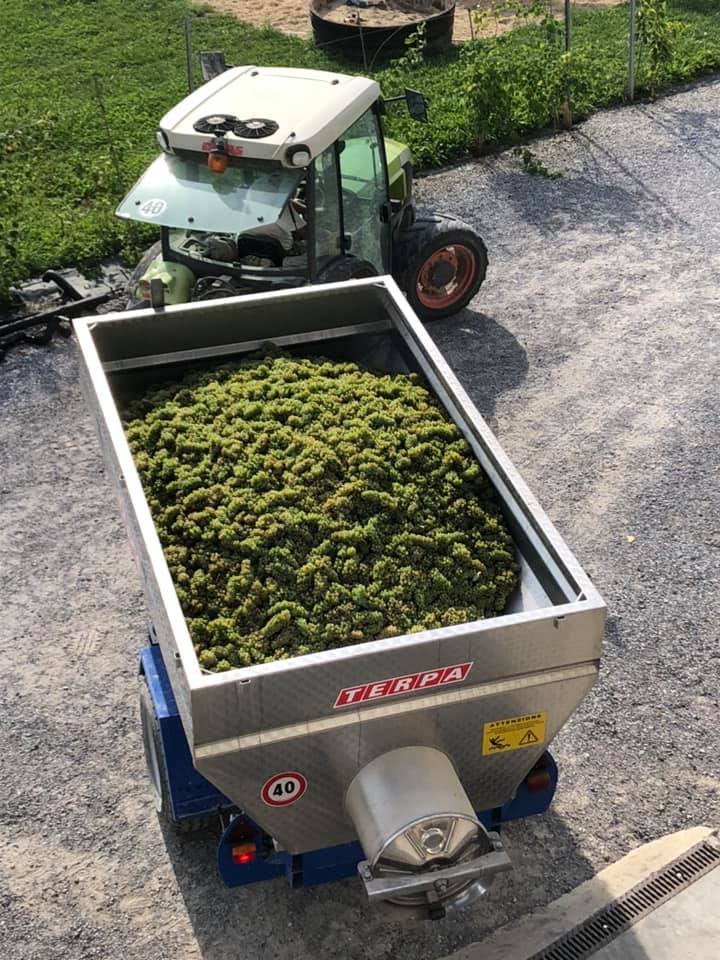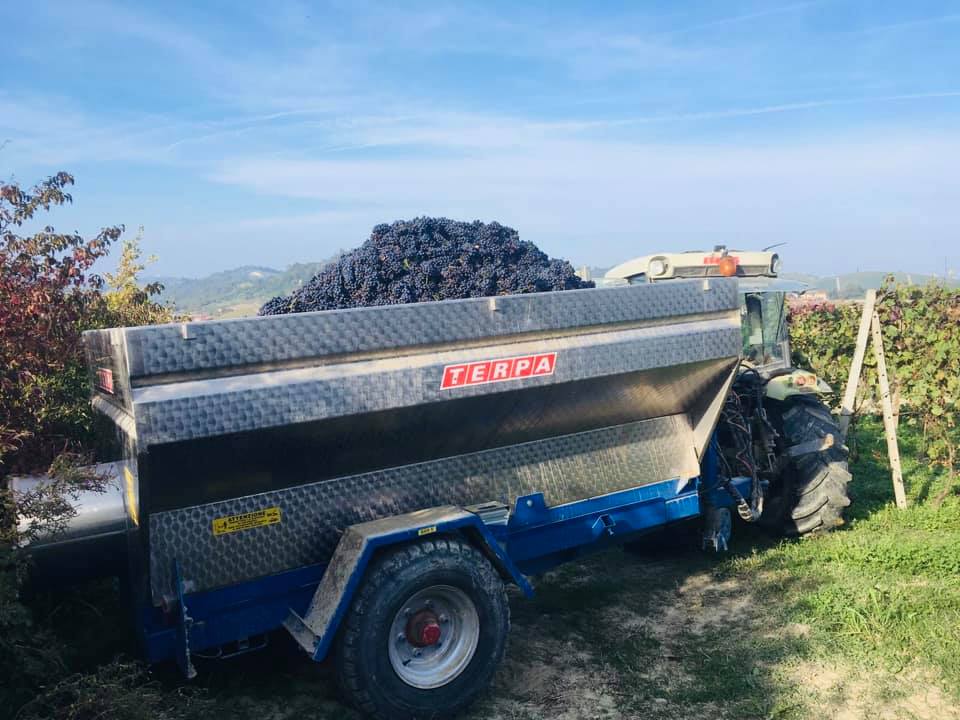Harvest 2019
Written by Monica Bizzini on 11 February 2020
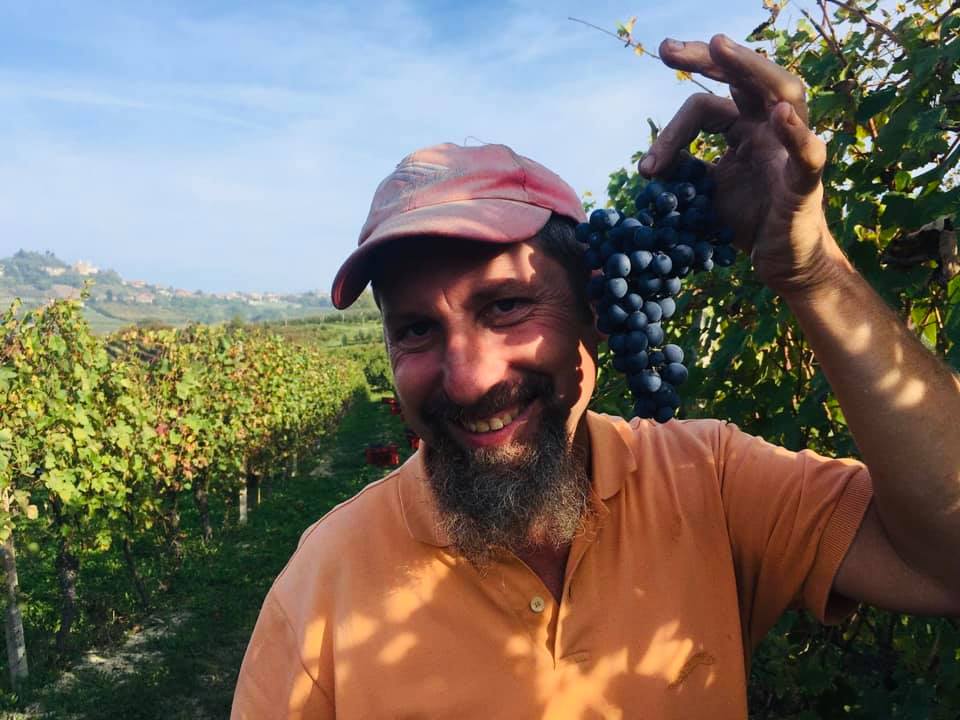
We can define the 2019 harvest as one of the best in recent years.
Unlike last year, which was particularly precocious, the 2019 vintage will be remembered for its decidedly more conventional course.
The year in the vineyard began slowly due to the winter season lasting until February. This resulted in a delay in the arrival of spring, which brought about a period of rain and low temperatures until the middle of March. Nevertheless, plant growth resumed as per normal, and though it was slowed down initially by abundant rain in April, this also allowed a considerable amount of water to accumulate in the soil, compensating for the minimal rainfall during the winter. The changeable weather with mild average temperatures continued throughout May, confirming a delay of around two weeks compared to the growth patterns that had been seen over the previous few years, but in line with more traditional development.
The high temperatures during June combined with the availability of water in the soil to create the conditions for rapid plant growth, which required vinegrowers to take great care over containing any plant protection issues. The hottest period in the season was recorded between the last week in June and the first in July, followed by days on which milder temperatures alternated with rain. The second heatwave of the summer was recorded at the end of July, ending in storms which did not damage the vines even though they were intense at times; the remainder of the summer season was marked by a mild climate, with regular, sporadic rainfall that proved challenging for vignerons in terms of plant health.
September began with the only hail recorded in the Langa, when considerable damage was caused in limited areas hit during the most violent storm of the season on the 5th of the month. The damage was substantial, but fortunately fairly localized to two areas on the hills around Alba, missing most of the Barolo, Barbaresco and Dogliani growing areas.
The harvest began around mid-September with the white Arneis, then continued without interruption with the Dolcetto, Barbera and finally Nebbiolo. We have seen a slight drop in production for all varietals, benefitting quality and balance.
The white wines are showing good levels of alcohol, and slightly higher acidity than the average over recent years, which should however guarantee long, fresh aromas. The dolcetto grapes are showing very well in terms of phenols and sugar accumulation. Along with nebbiolo, barbera is maybe the varietal that most reveals the difference vineyard aspect can make, so the peaks of heat during the summer that accompanied temperatures otherwise within the norm for our growing area allowed the barbera to reach excellent phenolic levels at harvest-time, with slightly less alcoholic potential than last year and substantial acidity.
The nebbiolo grapes were picked in the second half of October, and analysis parameters show them to be “classic”: in other words, with good sugar levels and an excellent polyphenol profile, which should ensure wines with good structure and excellent ageing potential.
Worthy of note in particular is the high accumulation of anthocyanins, so the wines can be expected to have excellent color, especially considering the varietal’s genetic properties. In conclusion, in the winery the vintage can be said to be traditional, with a quality production despite a slight drop in quantity compared to last year.
